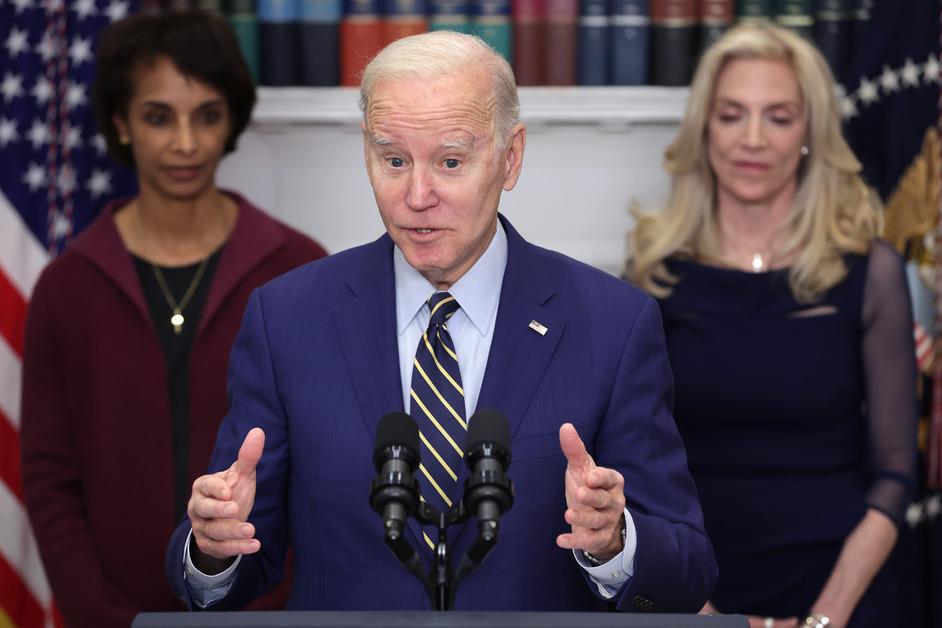The Willow Project Was Approved — Here's Why That's Bad
Published March 15 2023, 2:16 p.m. ET

On Monday, March 13, the Biden Administration approved the largest oil project to take place on U.S. public land. The Willow Project will be an Alaskan drilling operation, and although receiving support from some local and national leaders, has angered environmentalists because it goes against Biden's campaign promises.
So, let's take a look at why the Willow Project is bad.

The Willow Project, explained:
As previously mentioned, the U.S. Department of Interior released a document on March 13, announcing the approval and plans to move forward with the Willow Project.
The Willow Project is an Alaskan oil drilling project, approved by the Biden administration, and spearheaded by ConocoPhillips, the largest crude oil producer in Alaska. The Willow Project would take place on Alaska's North Slope, and it has been advertised to the community as a job creator and revenue source. The region is largely made up of indigenous communities, and the new jobs and revenue could provide economic stability for the community, per CNN.

However, despite the monetary community benefits, the project contradicts the Biden administration's climate goals. After its approval by the Biden administration, climate activists are outraged by the project because of Biden's promise to "ban new oil and gas permits on federal land," according to AP News.
The project is expected to produce up to 180,000 barrels of oil per day, which would account for 1.5 percent of U.S. oil production, and would make it the largest oil project on U.S. public land, per AP News.
How will the Willow Project affect the environment?
According to PBS, Rosemary Ahtuangaruak, the Mayor of the Nuiqsut, which is the city that rests closest to the project, has publicly opposed the project with concerns about the health of the local wildlife and residents.
The drilling project would take place 200 miles north of the Arctic Circle, placed on the largest stretch of untouched land in the nation. Environmental groups and environmentalists are speaking out about their concerns about the impacts on freshwater, bird migration, and land and aquatic wildlife that live in the area, per The New York Times.
How did the Willow Project get approved?
Despite some concerns, senators and Native leaders in Alaska are backing the project, including Nagruk Harcharek, president of the Voice of the Arctic Iñupiat, with a tweet, reading: "The decision to advance Willow is an important step for Alaska Native communities on the North Slope, the state, and the nation."
U.S. Department of the Interior Secretary Deb Haaland also surprised many with her response. She had previously opposed this project two years ago when she was a congresswoman in New Mexico. On the day of the project's approval, Monday, Haaland posted a video detailing how to minimize the project's footprint but also making it clear that it was a complex issue that could not be blocked, per AP News.
Behind the Willow Project TikTok protests, and what the future holds:
Protests against the project took to the social media platform TikTok, where protesters used the hashtags #StopWillow, and #StopThe WillowProject. The hashtag on TikTok allowed the issue to garner the attention of its young users, which are expected to become the largest group of voters in 2025, per ABC News. While we appreciate people showing up for the planet, it unfortunately looks like the project is going to move forward, anyway.